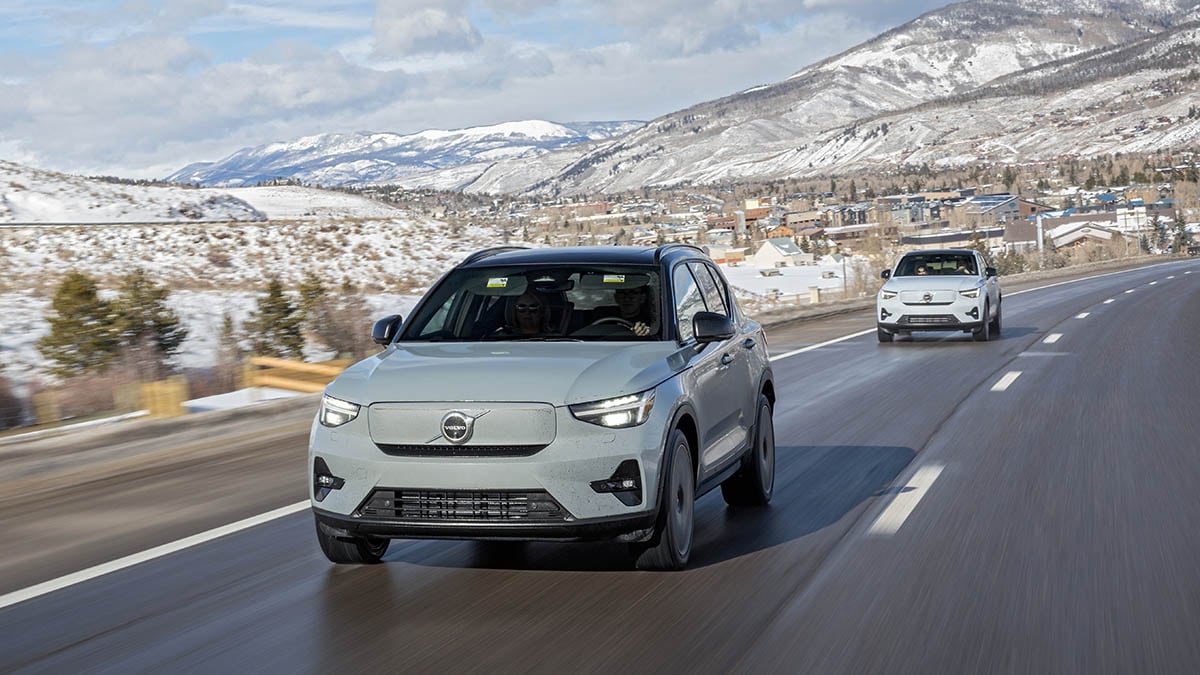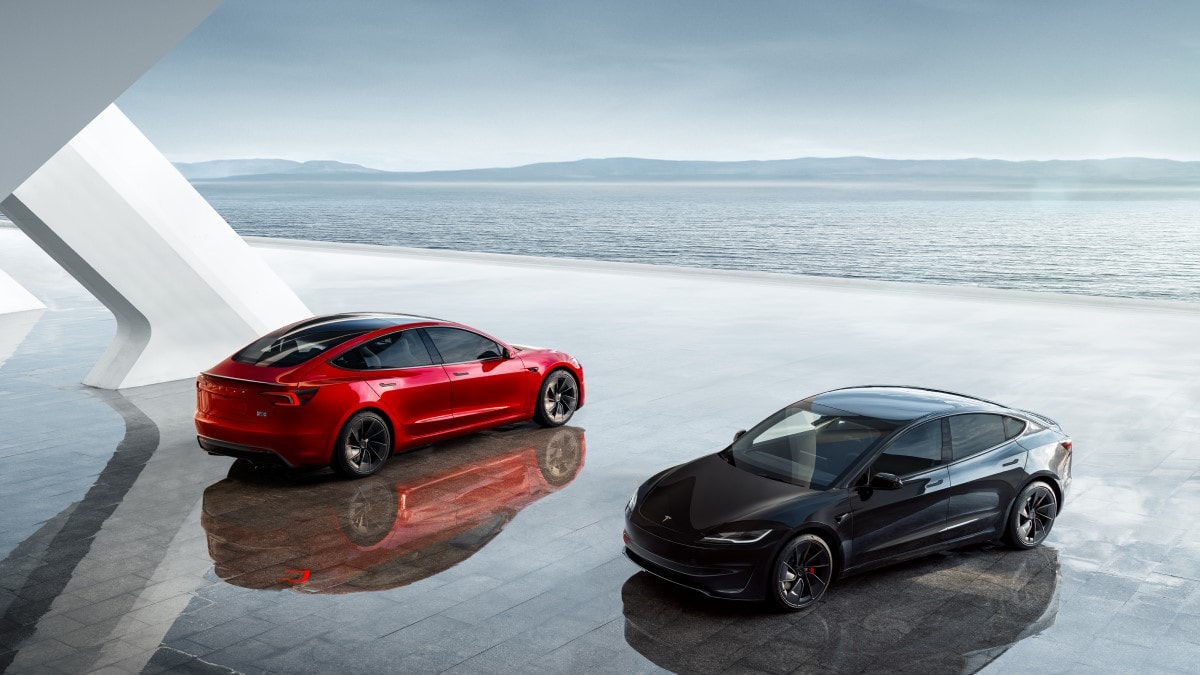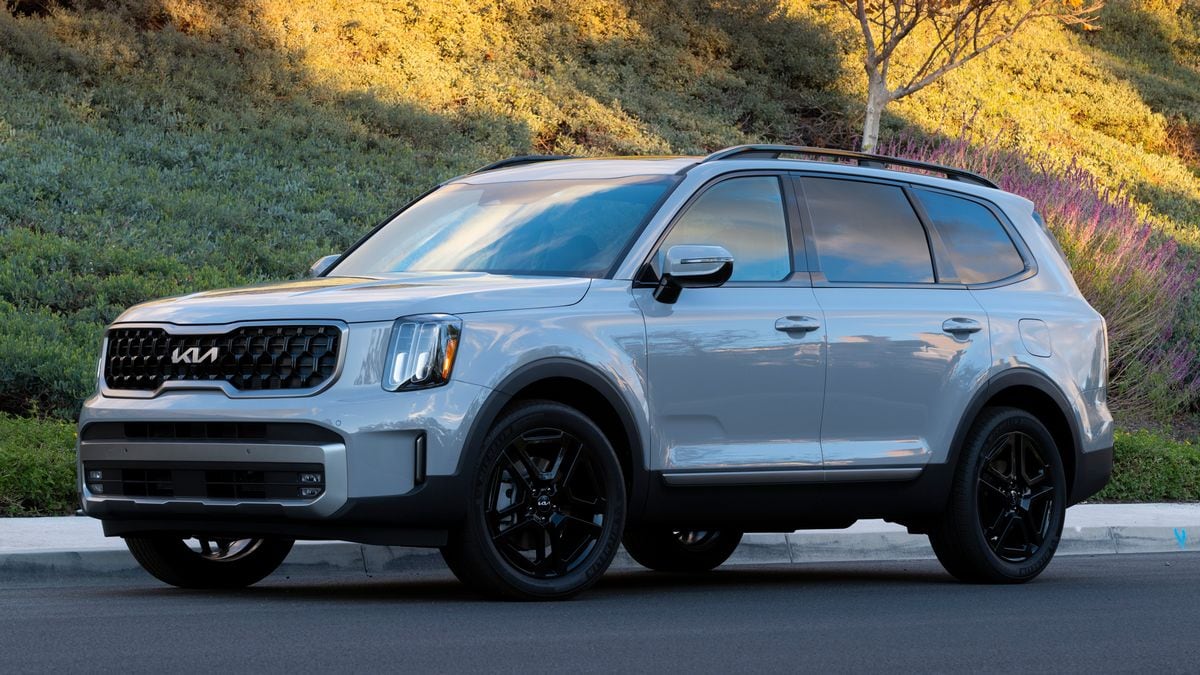Quick Facts About Overlanding
If you’re not an outdoor enthusiast, the term “overlanding” may be new to you. However, the term and the concept have been around for decades, with roots firmly planted in Australia. Explaining how overlanding differs from off-roading is rather simple. We explain below.
What Is Overlanding?
A mashup of off-roading and camping, overlanding is a singular experience requiring a remote location, a sturdy vehicle, self-reliance, and a commitment to adventure. What it’s not is a Family Truckster overnighter and weenie roast at the lakeside KOA campground. The idea is to leave civilization behind and fend for yourself. If you haven’t really challenged yourself and your vehicle to get there, you aren’t there yet. There are no restaurants, motels, or paved roads when overlanding. If there is a bathroom, it had better be in your vehicle. If not, bring camping-specific toilet paper and a shovel. Kelley Blue Book Senior Editor, Video, Lyn Woodward, has done her share of overlanding (and off-roading, for that matter). Her take: “Camping is pitching a tent somewhere and staying somewhat static with maybe some hiking or other activities. Overlanding involves a vehicle and exploring through that vehicle.”
What Makes the Best Overlanding Vehicle
Although you can overland with everything from a bicycle to an RV, we’ll confine our discussion of the best vehicle for overlanding to SUVs and trucks. Not only do we believe that serious overlanding requires a highly capable and rugged vehicle, but it must also fulfill other requirements like good fuel economy, plenty of cargo space, and on-pavement civility. Because, by definition, overlanding requires subjecting your vehicle to at least somewhat harsh environments, you might consider an older used vehicle rather than a shiny new one.
Things to Consider When Picking an Overlanding Vehicle
- Off-road capability: To boldly go where no one has gone before is the spirit of overlanding. Accomplishing that mission requires a highly capable vehicle. Consequently, the best overlanding vehicles include the usual collection of highly capable off-road nameplates, like the Jeep Gladiator, Toyota Tacoma, and Chevy Tahoe.
- Road manners: Just about any overlanding experience will begin by clocking some miles on pavement — perhaps many miles. You don’t want to be worn out before shifting into 4-Lo and heading into the outback. Therefore, some consideration should be given not only to off-road capability but also to over-pavement ride quality.
- Fuel economy: Because you must return from your overlanding adventure, maximizing range on a full tank of gas can be critical. Yes, you can haul a couple of 5-gallon cans of fuel with you. However, at some point, you must return to civilization. Consequently, you’ll want to find a vehicle with good fuel economy and a big gas tank.
- Cargo capacity: Overlanding isn’t glamping. The idea of overlanding is to be self-sufficient. In other words, a vehicle must be able to haul everything you need for survival.
- Aftermarket components availability: If all else fails, you can have just about any add-on or change to your overlanding vehicle custom-made by a qualified shop. However, you can save a lot of money if there are already solutions on the market for adapting a vehicle to your overlanding needs. Such solutions include roof racks, attached tents, and other components.
RELATED: Best Cars, Trucks, and SUVs for Camping
7 Solid Vehicle Picks for Overlanding
This list of suitable overlanding vehicles is nowhere close to complete. However, we submit it as a starting point as you begin your quest for the ideal overlanding model. For the most part, whether used or new, the vehicles are solid picks. We only identify a new model year so you can see what you’re getting at today’s starting prices. Moreover, we’ve included the Nissan Xterra and Toyota FJ Cruiser, which are out of production but can be found used.
Overlanding Packing List
If you do not already camp, we suggest you check out a camping website. Here, we are more concerned with what you may need for your overlanding vehicle while in the bush. Use our list of must-haves and a checklist our experts created for off-roading because it also works for overlanding.
- Water: Yes, having drinking water along is a must; however, it will also be handy to have extra to top off the radiator if the vehicle overheats.
- Extra fuel: Carrying a 5-gallon can or two of gasoline makes sense when where you are going could be a hundred miles or more from a gas pump.
- Auxiliary lights: Whether mounted on a lightbar or stand-alone, auxiliary lights are a must when the sun goes down.
- Tools: Carrying a basic tool kit and a roll of duct tape could make the difference between being stranded in the wilderness and driving out. We’d also include a tire patch kit and a portable battery jumper.
- Winch/Recovery Gear: Although we’ve found overlanders to be a helpful bunch, you can’t always count on help being close by if you get yourself stuck. Moreover, you don’t want to waste half a day waiting for help to arrive. A winch can get you back on your way in a timely manner. If not a winch, having tow ropes, shovels, and other tools to help get you out of a jam is always a good idea.
Woodward says, “Expect the unexpected. In overlanding, there is no such thing as being overprepared, but that’s part of the adventure.”




